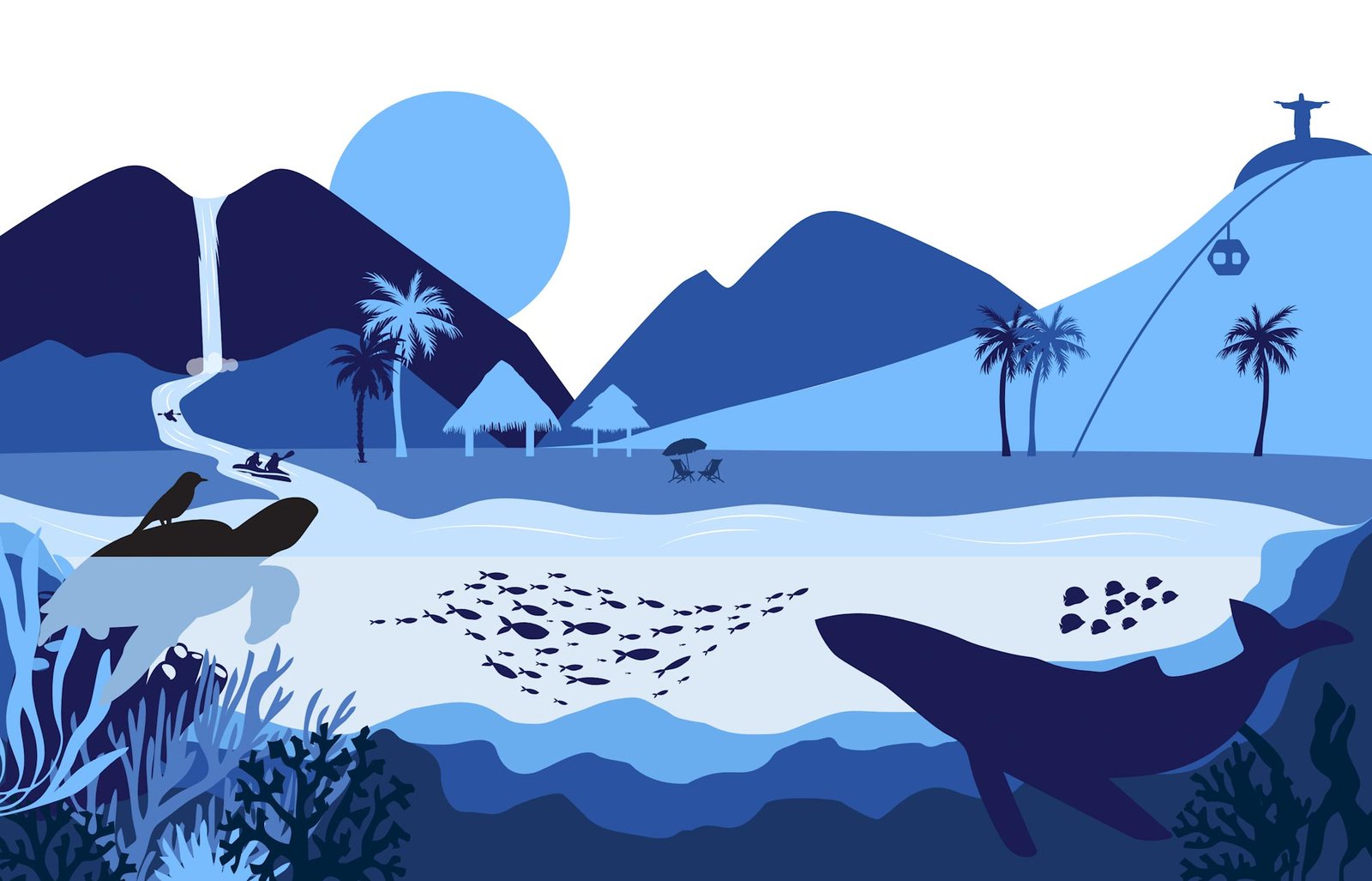
For information regarding our vaccination policies, safety protocols and other requirements visit our Travel Safety Center
Every tucked-away corner of the planet is changing, some quicker than others, but all in some way or another. There are some big changes that many of us hear about; issues like deforestation, climate change, and the urbanization of countryside. These are all threats, but the biggest, and often unspoken, threat is the gradual homogenization of the world. Many of the unique cultures and traditions of the world are disappearing. Like the small towns from our pasts that have lost that “something special”, that uniqueness, that quaintness, the same is true worldwide. Commercialization and the global economy are affecting even the smallest communities, communities that were once remote.
So why bring more people to these locations? Because we believe that although some change is inevitable, by raising awareness of the changes taking place, we can play a role in helping to stave off overdevelopment. There are hundreds of instances where travel has actually played a key role in protecting areas by showing local communities that what they have is valuable and worth preserving.
Wildlife
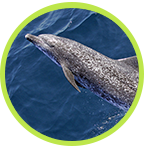




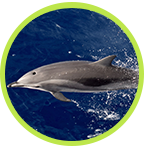
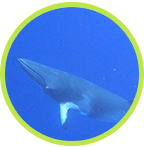
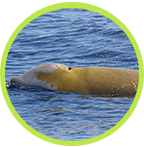

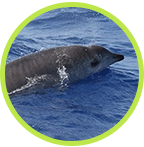


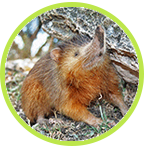



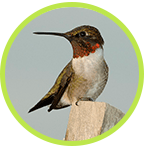
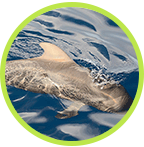

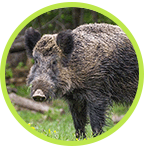










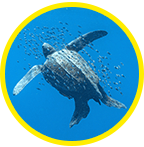
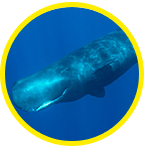
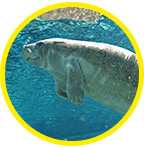


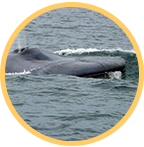

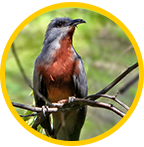

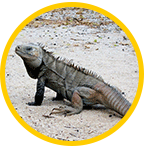






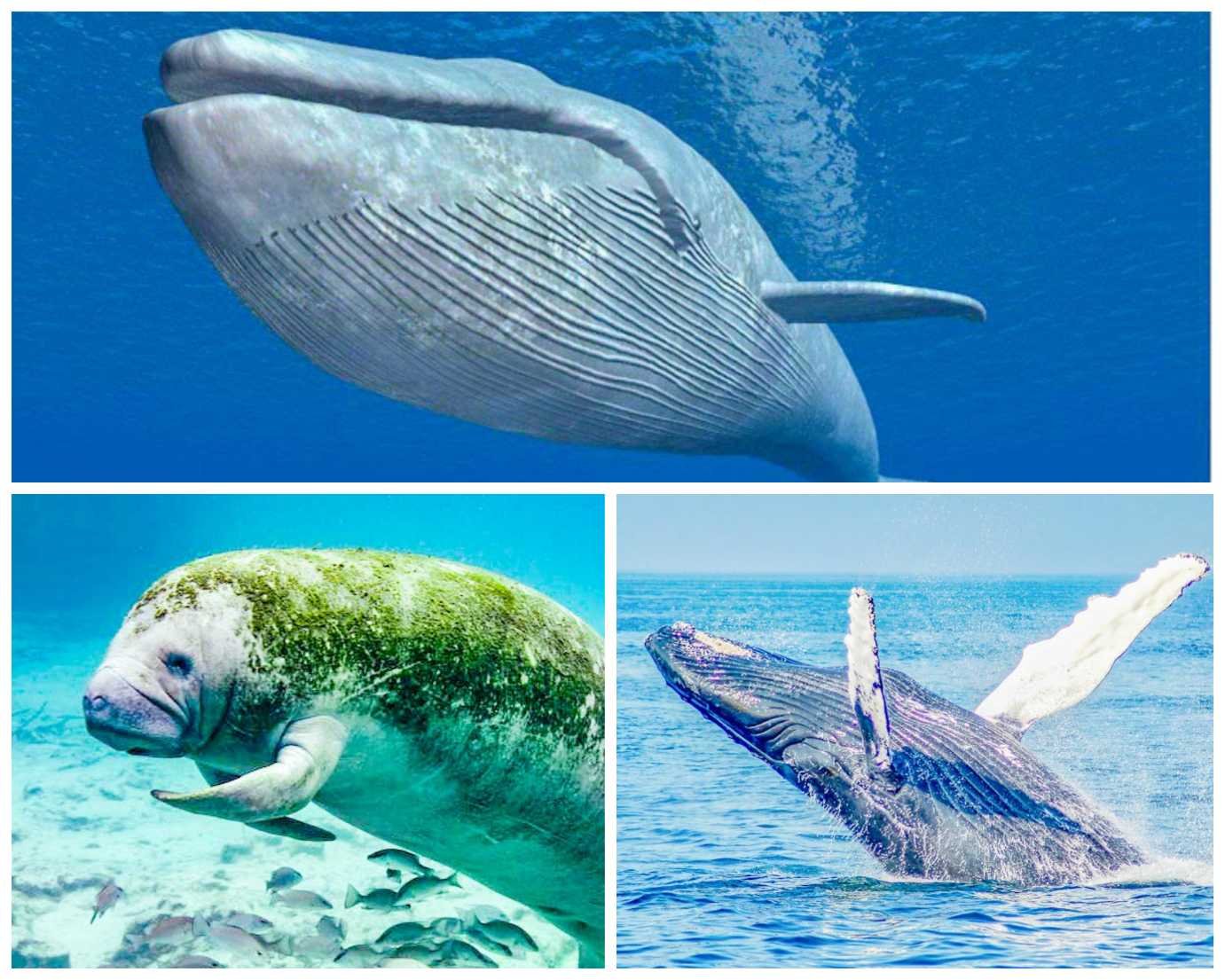


After Christopher Columbus’s arrival on the island in 1492, Santo Domingo became the site of the first cathedral, hospital, customs house and university in the Americas. This colonial town, founded in 1498, was laid out on a grid pattern that became the model for almost all town planners in the New World.
Outstanding Universal Value
Brief synthesis
First permanent establishment of the « New World » and capital of the West Indies,the Colonial City of Santo Domingo – the only one of the 15th century in the Americas – was the place of departure for the spread of European culture and the conquest of the continent From its port conquerors such as Ponce de Leon, Juan de Esquivel, Herman Cortes, Vasco Núñez de Balboa, Alonso de Ojeda and many others departed in search of new lands. Read More
| Name | Type | Location | Date | Link |
|---|---|---|---|---|
| Sitio Arqueológico de la Villa La Isabela | Cultural | Northwest Dominican Republic | 2018 | UNESCO Website |
| Nuestra Señora de Monte Alegre or la Duquesa Sugar Mill [Ruta de Los Ingenios] | Cultural | Higuero River | 2002 | UNESCO Website |
| Sanate Sugar Mill [Ruta de Los Ingenios] | Cultural | Sanate River, Altagracia Province | 2002 | UNESCO Website |
| City of Azúa de Compostela | Cultural | Azúa Province | 2001 | UNESCO Website |
| Historical Centre of Puerto Plata | Cultural | Puerto Plata | 2001 | UNESCO Website |
| Archaeological and Historical National Park of Pueblo Viejo, La Vega | Cultural | La Vega | 2001 | UNESCO Website |
| Montecristi | Cultural | Montecristo | 2001 | UNESCO Website |
| Jacagua, Villa of Santiago | Cultural | Santiago | 2001 | UNESCO Website |
| Parque Nacional Jaragua | Mixed | Southwest Dominican Republic | 2018 | UNESCO Website |
| Primeros Ingenios Coloniales Azucareros de América | Cultural | San Cristóbal and Santo Domingo | 2018 | UNESCO Website |
| Parque Nacional Cotubanamá | Cultural | Southeast Dominican Republic | 2018 | UNESCO Website |
| Santuario de Mamíferos Marinos Bancos de La Plata y Navidad | Mixed | Samaná bay and Saona Island | 2018 | UNESCO Website |
| Arte Rupestre Prehispánico en República Dominicana | Cultural | Nationwide | 2018 | UNESCO Website |